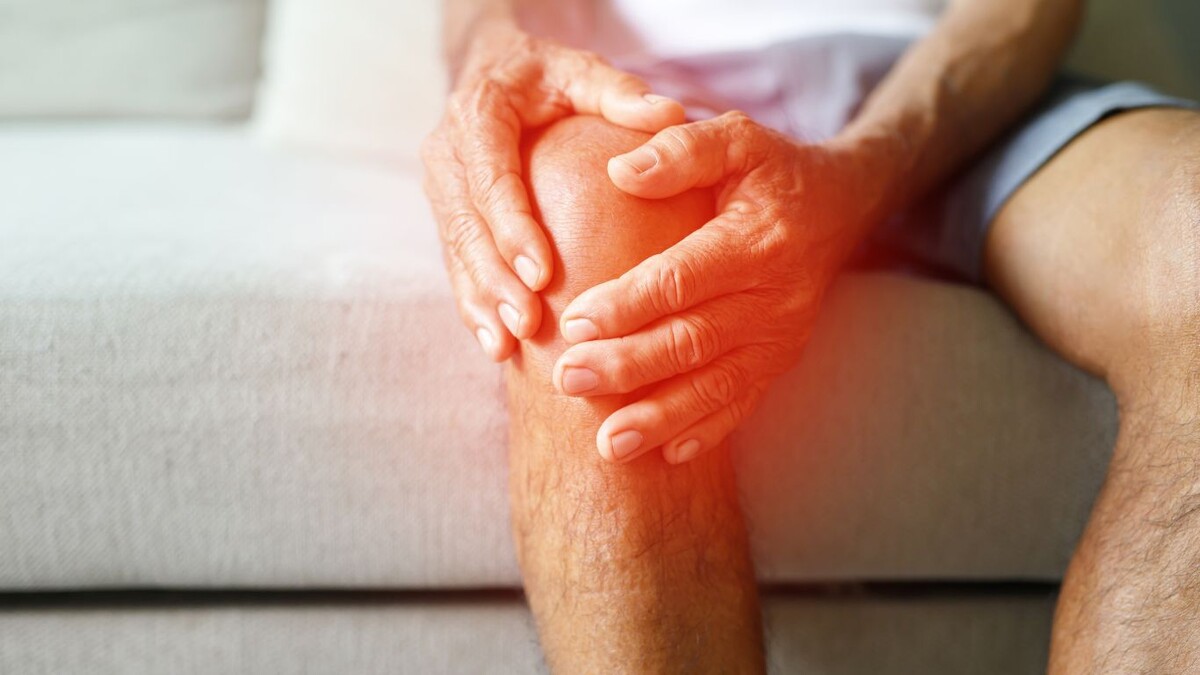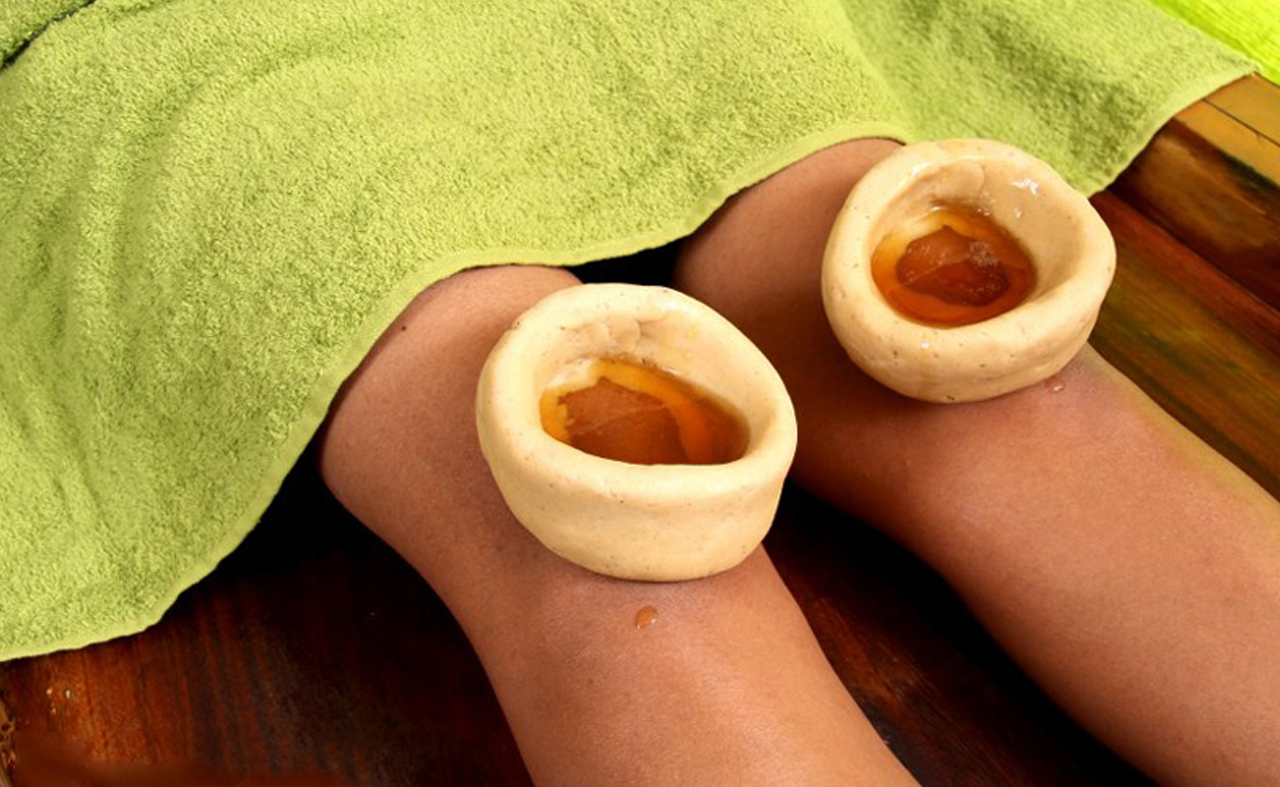Joint pain is a challenge faced by many people in busy urban environments like Dubai, whether caused by osteoarthritis, rheumatoid tendencies, overuse, or simply wear and tear. At Gold Trust Medical Centre (GTMC), we combine the ancient wisdom of Ayurveda with modern diagnostics to deliver comprehensive joint-care solutions. This article explores how Ayurveda Treatment, especially in the setting of an Ayurveda Clinic Dubai, can be a robust option for Joint Pain Treatment Ayurveda, Knee Joint Pain Osteoarthritis Management Through Ayurveda, and Rheumatology Ayurveda Treatment.
How Ayurveda treatment works for joint pain
The Ayurvedic approach recognises that joint pain is seldom only about the joint, it involves the entire system: bone, muscle, ligament, nerves, circulation, metabolism and toxins (known as ama). At our Ayurveda Clinic Dubai at GTMC, the process for joint pain management generally follows these steps:
- Detailed consultation & diagnostics: We assess your constitution (prakriti), your imbalance (vikriti), lifestyle, diet, specific joint history, and comorbidities. This underpins safe and personalised Ayurveda treatment.
- Tailored herbal medicines and external therapies: For example, in knee-joint osteoarthritis management through Ayurveda, we may use medicated oils, herbal poultices, and internal Rasayanas that help lubricate joint spaces and reduce inflammation.
- Therapies targeting root causes: Rather than only blocking symptoms, Ayurveda-based joint pain treatment works to reduce vata or kapha imbalances, eliminate accumulated toxins, enhance circulation and promote tissue repair. For example, the GTMC team offers knee joint pain osteoarthritis management through Ayurveda using Janu Basti and other specialized modalities.
- Lifestyle, diet, posture and exercise guidance: A joint pain treatment Ayurveda programme at GTMC includes correcting ergonomic issues, alignment, strengthening surrounding muscles, and prescribing diet to support bone and joint health.
- Monitoring and follow-up: Progress is tracked, and therapies adapted. This is crucial for rheumatology Ayurveda treatment (for example, when systemic joint issues exist) to ensure safe, sustained benefit rather than temporary relief only.
Key benefits of Ayurveda treatment for joint pain
Here are the major advantages of choosing an authentic Ayurveda treatment route for joint issues, especially at a clinic in Dubai such as GTMC:
- Holistic approach: Because treatments address the entire body system, not just isolated joint symptoms, the chances of recurrence are typically reduced. At GTMC, joint pain Ayurveda treatment aims at long-term results rather than quick fixes.
- Reduced dependency on heavy pharmaceuticals: While modern medicines certainly have their place, Ayurveda provides a gentler path to relief, especially for those seeking alternatives to chronic NSAIDs or repetitive injections.
- Customised to your body type and condition: Every person’s constitution is unique. At GTMC’s Ayurveda Clinic Dubai, joint pain treatment Ayurveda is customised, this matters especially in knee joint pain osteoarthritis management through Ayurveda, where factors like body-weight, alignment, and muscle strength matter deeply.
- Enhanced joint mobility and comfort: Therapies like medicated oil massage, localized poultices, and gentle detoxification help reduce stiffness, improve circulation, and ease movement.
- Support for underlying rheumatology conditions: In cases where joint pain is part of a broader systemic condition (autoimmune, degenerative), rheumatology Ayurveda treatment offers supportive care alongside modern diagnostics and referral models used at GTMC.
- Safe integration with modern diagnostics and care: At GTMC, Ayurveda treatments are provided in a modern clinical setting with diagnostics and monitoring, ensuring safety even when patients have comorbidities or complex joint conditions.
Why choose GTMC’s Ayurveda Clinic Dubai for joint pain?
- GTMC brings together certified Ayurvedic physicians, modern diagnostics and rheumatology-aware care, making it a reliable choice for those seeking Joint Pain Treatment Ayurveda.
- Their programmes explicitly include Knee Joint Pain Osteoarthritis Management Through Ayurveda and broader Rheumatology Ayurveda Treatment, with customised plans based on thorough assessment.
- The clinic emphasises safety, hygiene and integration: treating the person (and their lifestyle) rather than just the joint. This integrated model elevates the quality of Ayurveda Treatment beyond typical wellness spas.
- Located in Dubai, the facility is designed to cater to busy professionals seeking premium care, making access to Ayurveda clinic Dubai-based joint pain solutions feasible and practical.
Frequently Asked Questions (FAQs)
Q1. Is Ayurveda treatment safe for joint pain for all patients?
Yes—provided it is overseen by qualified practitioners as at GTMC, Ayurveda treatment for joint pain is generally safe. It avoids harsh chemicals, focuses on personalised care, and integrates diagnostics to rule out contraindications. However, it’s important to disclose all existing conditions (e.g., heart disease, medications) so the treatment plan is adjusted accordingly.
Q2. How long before I’ll feel improvements from a joint pain treatment Ayurveda programme?
It depends on the severity and chronicity of your joint condition. Many patients at GTMC report reduced stiffness and improved comfort within 2–3 weeks of starting the programme. Full mobility and long-term improvement may take several months, especially in knee joint pain and osteoarthritis management through Ayurveda.
Q3. Can Ayurveda treatment help with osteoarthritis of the knee?
Absolutely. At GTMC, the programme for knee joint pain osteoarthritis management through Ayurveda includes targeted therapies (medicated oils, poultices, strengthening routines) and aims to slow cartilage degeneration, reduce pain and improve mobility.
Q4. How does rheumatology Ayurveda treatment differ from general joint pain treatment?
In rheumatology Ayurveda treatment, the approach is broader: it addresses systemic inflammation, immune-related joint damage, and often involves collaborative care with rheumatologists. At GTMC, such treatment programmes integrate Ayurvedic therapies with modern diagnostics, ideal for autoimmune or multi-joint conditions.
Q5. Will I need to change my lifestyle and diet significantly with Ayurveda treatment?
Yes, lifestyle and diet form an essential pillar of Ayurveda Treatment for joint pain. You will receive guidance on posture, daily routines, diet to support joint health (reducing inflammatory foods, improving digestion), and movement exercises. The success of the programme depends significantly on consistency with these changes.
Q6. Can I continue my existing medications while undergoing Ayurveda joint-pain treatment?
Yes, in most cases you can, but you must inform the Ayurvedic physician of all medications you’re taking. At a clinic like GTMC, the Ayurvedic doctor collaborates with your medical doctor to ensure safe integration—avoiding unwanted interactions and optimising your overall therapy plan.
Conclusion
If you are seeking a natural, safe and holistic route to relieve joint pain and regain mobility, the model of Ayurveda Treatment offered at a reputable Ayurveda Clinic Dubai such as GTMC may be a strong option. Whether you require Joint Pain Treatment Ayurveda, specifically Knee Joint Pain Osteoarthritis Management Through Ayurveda, or broader Rheumatology Ayurveda Treatment, this method emphasises root-cause healing, personalised medicine and long-term wellness.
By choosing a clinic that blends authentic Ayurvedic wisdom with modern diagnostics and rheumatology awareness, you are positioning yourself not just for symptom relief—but improved quality of life, functional mobility and sustained joint health.



